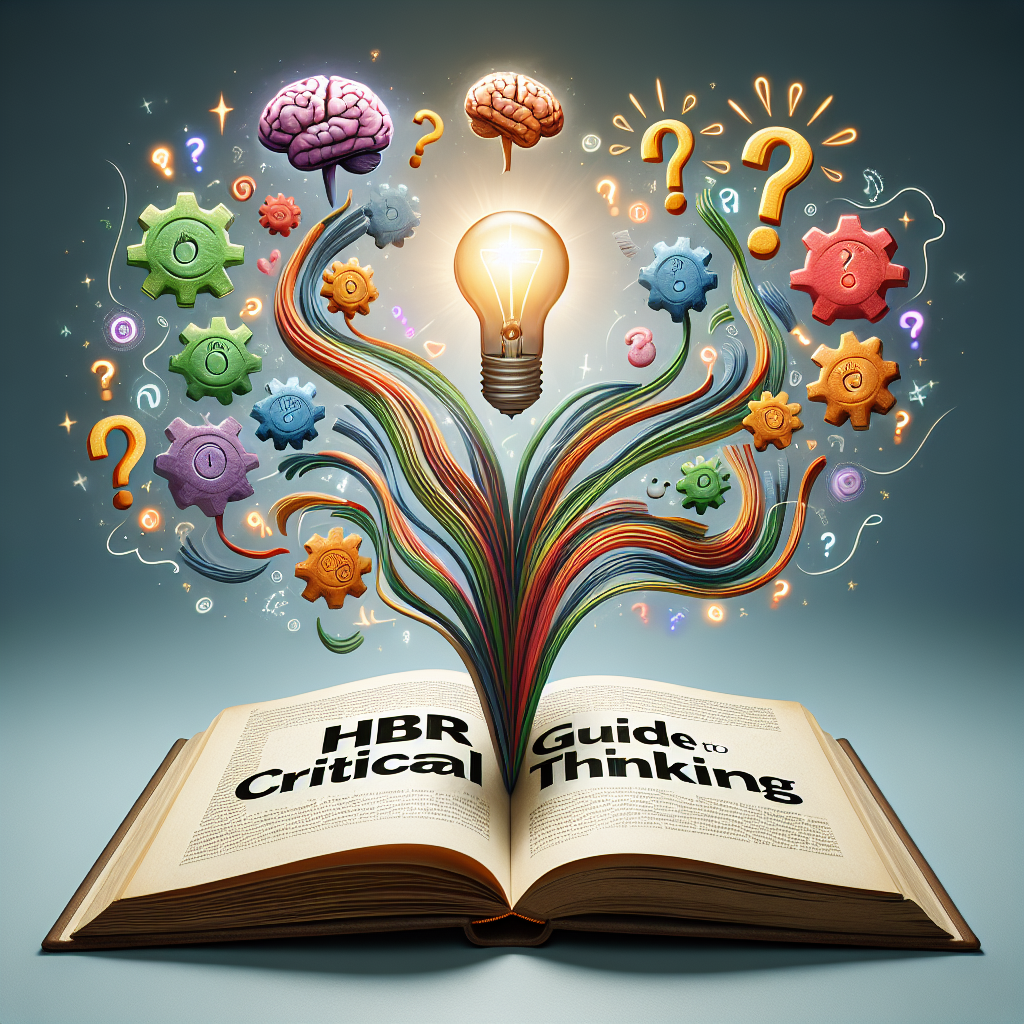
As software development continues to evolve, companies are increasingly turning to AI-powered tools to boost productivity and address workforce challenges. At the heart of this transformation is the integration of AI-based code-completion tools, which have the potential to significantly enhance the efficiency of software engineers. These tools enable engineers to write natural language code descriptions, while AI suggests multiple code variants. By choosing and refining these suggestions, engineers can save time and focus on more complex problem-solving.
Research shows that such AI tools can accelerate code generation by up to 50%, improve debugging, and elevate product quality. However, while AI can assist engineers in writing better code faster, it cannot replace the expertise of skilled professionals. In fact, more experienced engineers appear to reap the greatest productivity benefits, while less-experienced engineers may struggle to integrate AI suggestions effectively, leading to mixed results.
This post explores how the introduction of AI tools impacts various facets of software engineering—recruitment, training, workforce motivation, and collaboration—and how companies can adapt to this new era of human-machine collaboration.
The introduction of AI tools is reshaping the recruitment process for software engineers. Traditionally, companies have focused heavily on coding proficiency, but the adoption of AI assistance in coding shifts the hiring criteria towards a new set of skills.
While coding expertise will remain essential, companies will now seek candidates who are adept at leveraging AI to improve productivity and deliver high-quality code. This requires a shift in focus towards problem-solving, critical thinking, and the ability to refine AI-generated suggestions. Candidates who can collaborate effectively with AI will become highly sought after, as companies look for individuals capable of maximizing the benefits of these tools.
Key skills for AI-assisted engineering roles:
- Proficiency in using AI-based development tools
- Ability to critically assess AI-generated code
- Knowledge of cybersecurity and quality assurance to prevent AI-driven vulnerabilities
- A collaborative mindset, working alongside AI rather than relying on it entirely
For companies to successfully implement AI tools, they must provide tailored training programs that cater to both new and experienced engineers.
- New Engineers: Training for newcomers should focus on helping them understand the strengths and limitations of AI tools. This involves teaching them how to generate and evaluate AI-driven code suggestions while maintaining a critical eye to catch potential flaws or bugs.
- Experienced Engineers: More senior engineers should receive advanced training that enables them to fully optimize their workflows using AI. This includes techniques for debugging AI-generated code, improving overall code quality, and streamlining development cycles. Experienced engineers may also take on mentorship roles, sharing insights on how to effectively collaborate with AI.
- Security and Quality Assurance: Since AI tools may sometimes generate code that contains vulnerabilities, all engineers must receive comprehensive training on how to ensure that the code produced is secure, robust, and follows best practices.
By investing in these targeted training programs, companies can ensure their workforce is equipped to maximize the value of AI tools, irrespective of experience level.
The introduction of AI tools may spark concerns among engineers who feel their roles could be diminished or replaced by automation. However, companies can proactively address these concerns and keep engineers motivated by emphasizing the complementary role AI plays in their work.
To ensure the successful adoption of AI tools, companies should:
- Position AI as an Assistant: Engineers should see AI tools as a means to reduce repetitive tasks, allowing them to focus on more creative and high-value work, rather than feeling threatened by automation.
- Encourage Skill Development: Companies should emphasize the new opportunities AI tools bring, such as the ability to take on more complex projects, solve challenging problems, and advance their careers in leadership and mentorship roles.
- Foster a Collaborative Environment: Rather than positioning AI as a replacement for engineers, companies should cultivate a team-oriented atmosphere where engineers collaborate with AI and help one another improve AI workflows. Acknowledge the human expertise that is indispensable to ensuring high-quality, secure code.
By reframing the narrative around AI, companies can ensure that engineers see the value of these tools, not just in terms of productivity, but also in terms of personal and professional growth.
As AI becomes a more integral part of the software development process, traditional performance metrics may need to be expanded to reflect the value of human-machine collaboration. Here are some key performance indicators (KPIs) that could be introduced to measure the effectiveness of AI-assisted development:
- AI Utilization Rate: Track how often engineers use AI tools to complete tasks, which can highlight adoption rates and proficiency in AI-driven workflows.
- Code Quality Improvement: Measure the overall improvement in code quality, particularly reductions in bugs or vulnerabilities, as a result of AI assistance.
- Time-to-Resolution: Assess the time saved in completing tasks such as bug fixes or feature requests, providing insight into the efficiency gains from AI tools.
- Innovation and Problem-Solving: Track how AI tools are being used to solve complex problems and introduce innovative solutions, as engineers move beyond basic automation to more creative use of AI.
These KPIs can help companies evaluate the success of AI integration and identify areas for further optimization.
As AI tools become central to the software development process, companies must rethink their value proposition to attract top talent. Human-machine collaboration presents new opportunities, both in terms of personal fulfillment and career advancement.
How the value proposition changes:
- Cutting-Edge Innovation: Engineers who join company will have the opportunity to work with advanced AI tools, positioning the company as a leader in technological innovation. This is especially appealing to tech-savvy engineers who thrive in a dynamic, forward-thinking environment.
- Enhanced Efficiency: AI tools allow engineers to focus on high-impact tasks by minimizing repetitive coding, offering a more engaging and fulfilling work experience.
- Growth Opportunities: By promoting continuous learning and career development programs centered around AI collaboration, companies can attract ambitious engineers who are eager to advance in their careers.
By integrating AI into its value proposition, company can attract and retain top talent who see AI as a tool for unlocking greater potential and professional growth.
The integration of AI tools into software development presents immense potential for boosting productivity, improving code quality, and empowering engineers to tackle complex challenges. While this shift requires companies to rethink hiring, training, and workforce motivation strategies, it also opens new doors for innovation and collaboration. By focusing on human-machine collaboration and investing in continuous learning, company can position itself as a leader in the software development industry, ready to attract the next generation of engineering talent.
 歡迎返嚟我哋個頻道,喺度我哋會深入探討啲改變你生活同工作嘅書籍!今日好開心可以同大家分享一下《哈佛商業評論》嘅《批判性思維指南》入面啲寶貴見解。喺呢個快速變化同複雜嘅世界,擁有批判性思維嘅能力唔單止有益,仲係應對問題同做出明智決策所必需。
歡迎返嚟我哋個頻道,喺度我哋會深入探討啲改變你生活同工作嘅書籍!今日好開心可以同大家分享一下《哈佛商業評論》嘅《批判性思維指南》入面啲寶貴見解。喺呢個快速變化同複雜嘅世界,擁有批判性思維嘅能力唔單止有益,仲係應對問題同做出明智決策所必需。 歡迎大家返嚟我哋嘅頻道。今日我哋有個好勁嘅話題,肯定會吸引到任何搞深度學習嘅朋友。我哋會講 Thushan Ganegedara 嘅《TensorFlow in Action》呢本書,佢真係改寫咗我哋對呢個領域嘅睇法。
歡迎大家返嚟我哋嘅頻道。今日我哋有個好勁嘅話題,肯定會吸引到任何搞深度學習嘅朋友。我哋會講 Thushan Ganegedara 嘅《TensorFlow in Action》呢本書,佢真係改寫咗我哋對呢個領域嘅睇法。 大家好!歡迎返嚟!今日我哋要深入探討一個喺深度學習同人工智能社區引起好大迴響嘅寶貴資源——Matthew Moocarme嘅《The TensorFlow Workshop:從頭開始用實際數據集構建深度學習模型嘅實踐指南》。無論你係剛剛踏入呢個領域定係希望提升現有技能,呢本書都係一個改變遊戲規則嘅資源。咁我哋而家睇下點解呢本書咁重要啦!
大家好!歡迎返嚟!今日我哋要深入探討一個喺深度學習同人工智能社區引起好大迴響嘅寶貴資源——Matthew Moocarme嘅《The TensorFlow Workshop:從頭開始用實際數據集構建深度學習模型嘅實踐指南》。無論你係剛剛踏入呢個領域定係希望提升現有技能,呢本書都係一個改變遊戲規則嘅資源。咁我哋而家睇下點解呢本書咁重要啦! 今天好開心同大家一齊深入探討算法交易嘅世界。我哋會睇下Sebastien Donadio嘅經典著作《Learn Algorithmic Trading: Build and Deploy Algorithmic Trading Systems and Strategies Using Python and Advanced Data Analysis》裡面嘅寶貴見解。如果你想學算法交易嘅藝術,呢本書肯定係好啱你。
今天好開心同大家一齊深入探討算法交易嘅世界。我哋會睇下Sebastien Donadio嘅經典著作《Learn Algorithmic Trading: Build and Deploy Algorithmic Trading Systems and Strategies Using Python and Advanced Data Analysis》裡面嘅寶貴見解。如果你想學算法交易嘅藝術,呢本書肯定係好啱你。
 大家好!歡迎返嚟我哋嘅頻道。今日我哋要傾一個對於職業成功好重要嘅話題:高效嘅商業寫作。參考咗布萊恩·A·加納(Bryan A. Garner)嘅《哈佛商業評論指南:更好嘅商業寫作》,我會同大家分享啲提升專業溝通能力嘅重要見解。所以,無論你係寫電郵、寫報告,定係準備提案,都請留低,因為呢段片充滿實用嘅技巧!
大家好!歡迎返嚟我哋嘅頻道。今日我哋要傾一個對於職業成功好重要嘅話題:高效嘅商業寫作。參考咗布萊恩·A·加納(Bryan A. Garner)嘅《哈佛商業評論指南:更好嘅商業寫作》,我會同大家分享啲提升專業溝通能力嘅重要見解。所以,無論你係寫電郵、寫報告,定係準備提案,都請留低,因為呢段片充滿實用嘅技巧!
 大家好!歡迎返嚟我哋個頻道!今日我哋會深入探討一個我相信好多朋友都諗過嘅話題:轉工。轉工可能會令你覺得壓力超大,但唔使驚,我為你帶嚟咗一啲來自哈佛商業評論嘅《HBR指南:如何改變你的職業生涯》嘅精髓。
大家好!歡迎返嚟我哋個頻道!今日我哋會深入探討一個我相信好多朋友都諗過嘅話題:轉工。轉工可能會令你覺得壓力超大,但唔使驚,我為你帶嚟咗一啲來自哈佛商業評論嘅《HBR指南:如何改變你的職業生涯》嘅精髓。